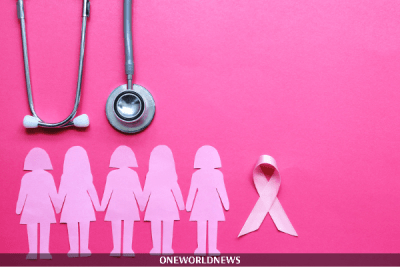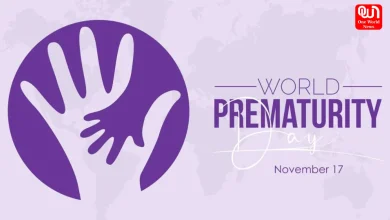Breast Cancer Awareness month 2021: Breast Cancer! Do Not Panic, It Is Curable Sis

This Breast Cancer Awareness month know about symptoms, examination, & the right process to do so
As per the reports of NCRP (National Cancer Registry Programme) breast cancer cases in India were 13.9 lakh in 2020. However, the horrifying fact is that it is likely to rise to 15 .7 lakh by 2025. Unlike other cancers, this is so common that one in every eight women has a chance of being diagnosed with breast cancer. Therefore, it is vital to have a discussion about this in this Breast Cancer Awareness month 2021.
Breast Cancer Awareness month begins on October 1 and ends on October 31.
Various organizations and foundations are working day and night to make people aware of this cancer. So, we are here to know about the symptoms, examination, and the right process to do so.
What does breast cancer look like?
https://www.instagram.com/p/CUrv0I9rOAK/
The risk of Breast cancer is not restricted to urban areas but rural women are also diagnosed with the same. These cancerous cells usually form a tumor that can be felt as a lump or often seen on an x-ray. Breast cancer is the most common type of cancer among women across the world.
Dr. Amit Jotwani M.D, a chief oncologist & CMO said, “The risk of Breast cancer increases with age. Get informed regarding the risk factors and always seek a second opinion.”
There can be non-cancerous breast lumps. In other words, not all lumps in the breasts are cancer. The non-cancerous lumps also observe abnormal growth. However, they do not spread outside the breast area. It can be identified in different parts of the breast. It may start in the ducts that carry milk to the nipple. It can also form in the glands that are responsible for making breast milk. Some cancers can start in other tissues in the breast as well.
Symptoms of breast cancer
- A thickening or lump that feels different from the surrounding tissues.
- Change in the size and shape of the breast.
- Change in the texture of the skin of the breast.
- An inverted nipple.
- Flaking, peeling, or scaling of the breast skin.
Doctors say that about 5-10 percent of breast cancer cases are genetic. This means they are passed through genes to the next generations. Therefore, Self-examination is the best way to detect breast cancer. Around 40 percent of breast cancers by women are determined during breast self-examination.
How to do self-examination?
- Do a visual inspection in front of the mirror.
- See if your skin is even.
- Check if there is any bulge, dimple, soreness, or redness in and around the nipple area.
- Raise one arm overhead. On the other hand, gently press and check if you can feel any lump in, around the breast, and around the underarm. Repeat it to check the other side.
- Lie down on your back and feel each breast with the opposite hand. Use finger pads and keep the touch medium-firm. Feel your whole breast area; feel in vertical rows. Are your breasts upright?
- A shower is a perfect place for this as you are already naked, and the water makes it easier to glide your finger pads over your skin.
If you notice that something in your breast has changed, do not panic. Book an appointment with your doctor.
Get screened!

A mammogram is very important as it detects abnormalities of all sorts with much more accuracy than a regular self-exam. If detected early, 90% of breast cancer cases can be successfully treated.
Let your faith be bigger than your fear. Fight like a hero, because you are a hero. This October we are celebrating Breast Cancer Awareness Month with a goal to let everybody know that Breast Cancer is Curable!







